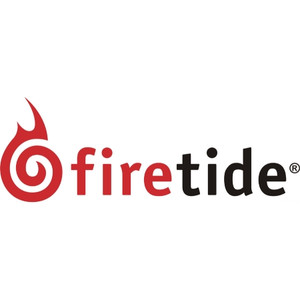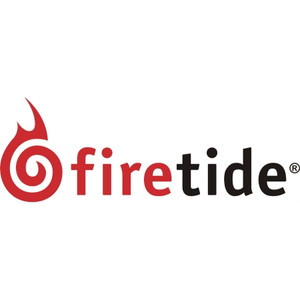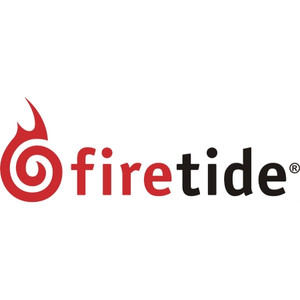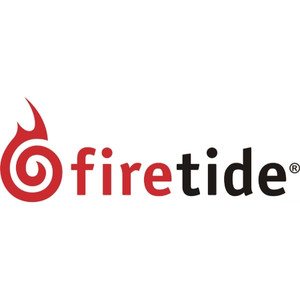Firetide 100 Node ProMesh Hotview Software License
- Brand
- Firetide
- SKU:
- 3000-9000-ELE-100
- Weight:
- 0.01 LBS
- Shipping:
- Calculated at Checkout
HotView Pro[tm] Network Management Software
HotView Pro provides centralized management and control of single or multiple Firetide networks with an intuitive web based user interface. It is a sophisticated, yet simple-to-use platform for configuring, monitoring, and managing HotPort® mesh nodes, HotPoint® access points, and HotClient[tm] customer premises equipment (CPE).
Firetide Multi-Service Network
The Firetide mesh system provides a high capacity, self-healing wireless mesh network that operates seamlessly indoors and outdoors. Designed for maximum performance, scalability, mobility and security, the mesh delivers throughput of up to 70 Mbps. Firetide's patented AutoMesh[tm] routing protocol makes the mesh fully self-forming and self-healing, to afford rapid deployment and dependable operation for both static and mobile mesh infrastructures. Mesh-wide performance is constantly optimized with unique AutoMesh features such as flow based routing, congestion control, cost-based bandwidth metrics and industry-leading low latency. Multiple auto-sensing 10/100 Mbps Ethernet ports on each HotPort node create a virtual Ethernet switch, providing direct connectivity to devices such as video surveillance cameras and Wi-Fi access points, forming a high-performance multi-service infrastructure. The mesh nodes can operate in bonded or linear radio mode and support 2.4 GHz, 4.9 GHz and 5 GHz bands.
In the bonded mode, both radios are combined to operate as a single interface that provides double the bandwidth of a single radio equivalent. This is ideal for bandwidth intensive applications such as video surveillance, resulting in crystal clear video images. This mode also provides a ``fat pipe'' for point to point wireless backhaul - for example, to connect two mesh networks. In the linear mode, both radios operate independently enabling sustained bandwidth levels over an unlimited number of hops. This enables long linear topologies, such as when networking a railway line, and provides a sustained level of service to every node, which is also critical for large municipal networks.

 US Dollar
US Dollar







